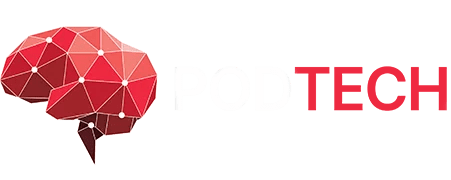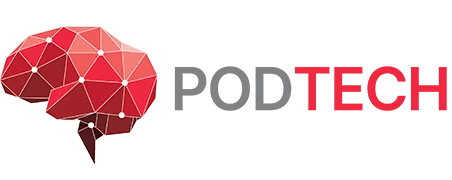The Internet of Things (IoT) has experienced a rapid growth over the years – ranging from a series of connected devices like sensors that monitor the temperature in buildings, smart lights and ovens, smart refrigerators, smart door locks, medical sensors, fitness trackers, and security systems that connect to the Internet, as well as industrial analysis data capture devices.
At the inception of IoT, most generated data are sent to the cloud for analysis. However, due to the ocean of data generated, sending trillions of gigabytes of data to the cloud results in the clogged up of data pipelines.
Edge computing was then developed as a result of the exponential growth of data generated through IoT devices. The technology is setup to help IoT devices process some of their data locally instead of, or before sending them to the cloud.
The Functions of Edge Computing in IoT
By definition, Edge computing is a distributed computing model that brings computation and data storage closer to the location where it is needed to improve response times and save bandwidth.
Because of the streams of data generated by IoT devices, it is essential to carryout data analysis to gain its full potential maximally – edge computing became an essential technology, forming the backbone of IoT applications including classified data, real-time or low-latency decision making, spare or entirely unavailable cloud connectivity and data-heavy cases such as in industrial IoT implementations.
With edge computing, there is near-zero latency due to in-house data analysis. In addition, the technology is efficient, secure, private as well as a cost-effective way to utilize the Internet of Things at scale without running the risk of data breaches or network overloads.
Edge computing brings data processing closer to an Internet of Things (IoT) device – meaning latency, performance, cost, and security advantages for enterprise IT.
IoT and Edge Computing Dependencies
Building an edge computing architecture doesn’t necessarily need IoT devices, edge applications can be hosted on any type of infrastructure, in as much it is located closer to the end-users than central data centers. Therefore, an example of edge computing architecture could be a conventional server or even PCs that handle data storage or processing.
Moreso, edge architecture is not a compulsory requirement for delivering IoT solutions as IoT devices can be deployed and managed from traditional data centers located at the network’s center.
The relationship between IoT and edge computing is simply data infrastructure location, the closer the device to its data facility, the faster the transmission, the better the security and the easier it is to personalize the IoT solution.
Conclusion
Internet of Things (IoT) and edge computing are among the hottest buzzwords today, although they don’t compulsorily work together, it is unarguably a good strategy to have the pair for optimal service delivery.


